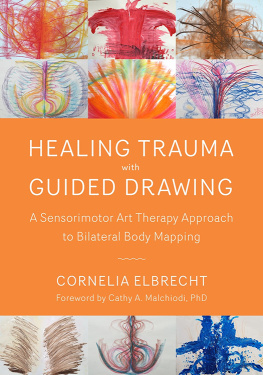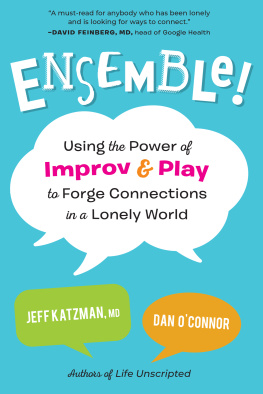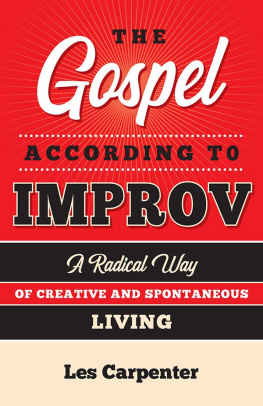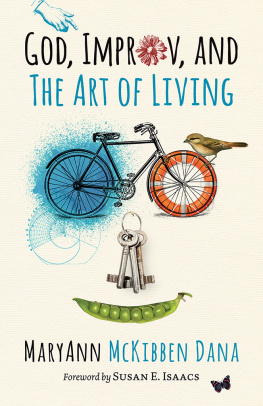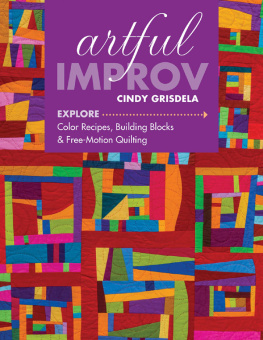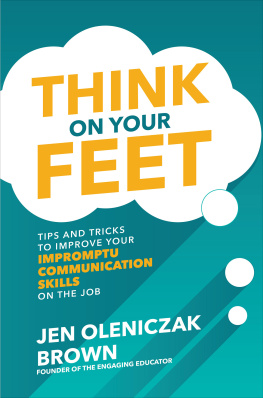
Copyright 2018 by Cornelia M. Elbrecht. All rights reserved. No portion of this book, except for brief review, may be reproduced, stored in a retrieval system, or transmitted in any form or by any meanselectronic, mechanical, photocopying, recording, or otherwisewithout the written permission of the publisher. For information contact North Atlantic Books.
Published by
North Atlantic Books
Berkeley, California
Cover design by Howie Severson
Book design by Happenstance Type-O-Rama
Printed in the United States of America
Healing Trauma with Guided Drawing: A Sensorimotor Art Therapy Approach to Bilateral Body Mapping is sponsored and published by the Society for the Study of Native Arts and Sciences (dba North Atlantic Books), an educational nonprofit based in Berkeley, California, that collaborates with partners to develop cross-cultural perspectives, nurture holistic views of art, science, the humanities, and healing, and seed personal and global transformation by publishing work on the relationship of body, spirit, and nature.
North Atlantic Books publications are available through most bookstores. For further information, visit our website at www.northatlanticbooks.com or call 800-733-3000.
Institute for Sensorimotor Art Therapy, Claerwen Retreat, PO Box 174, Apollo Bay 3233, Victoria, Australia.
MEDICAL DISCLAIMER: The following information is intended for general information purposes only. Individuals should always see their health care provider before administering any suggestions made in this book. Any application of the material set forth in the following pages is at the readers discretion and is his or her sole responsibility.
Library of Congress Cataloging-in-Publication Data
Names: Elbrecht, Cornelia, author.
Title: Healing trauma with guided drawing : a sensorimotor art therapy
approach to bilateral body mapping / Cornelia Elbrecht ; foreword by Cathy
A. Malchiodi.
Description: Berkeley, California : North Atlantic Books, [2018] | Includes
bibliographical references.
Identifiers: LCCN 2018031622 (print) | LCCN 2018034699 (ebook) | ISBN
9781623172770 (E-book) | ISBN 9781623172763 (pbk.)
Subjects: | MESH: Art Therapymethods | Psychological Traumatherapy
Classification: LCC RC489.A7 (ebook) | LCC RC489.A7 (print) | NLM WM 450.5.A8
| DDC 616.89/1656dc23
LC record available at https://lccn.loc.gov/2018031622
With love and gratitude
to the many parents who have nurtured me
and to my children and grandchildren,
who are the future
Awake, my dear.
Be kind to your sleeping heart.
Take it out into the vast field of Light
And let it breathe.
Hafiz
Foreword
Healing Trauma with Guided Drawing: A Sensorimotor Art Therapy Approach to Bilateral Body Mapping is a groundbreaking volume by an accomplished therapist and teacher whose wisdom and clinical experience span more than forty years. A brilliant addition not only to art therapy literature, it also captures what every trauma-informed art therapist now knows about how expressive arts repair and healthe key to recovery is found in the bodys rhythms, movements, and memories. Elbrechts visionary work introduces a set of principles and practices not only in a user-friendly format, but also through an impressive overarching paradigm that integrates sensory integration, contemporary neurobiology, and a fundamental healing practicebilateral drawing.
While there are many clinical treasures and practical applications throughout this book, Elbrecht emphasizes an essential concept in each chapterthat therapists meet individuals where they are in their reparation and recovery, responding with both insight (knowing what one feels) and empathy (knowing what others feel). Siegel refers to this as mindsight while others refer to it as attunement, the capacity to recognize the nonverbal communications, rhythms, and responses of others. It is the capacity to be able to read the nonverbal communication and rhythms of others. In other words, it is perceiving not only what individuals say, but also attending to eye signals, facial gestures, tone of voice, posture, and even breathing rate. It is an embodied response because we actually feel a connection to other individuals in our physiology. Attunement operates from bottom up because how we perceive feelings in others is part of the more ancient parts of the brainthe amygdala, hippocampus, and structures underlying the cortex. Therapeutic relationships that resonate these experiences enhance overall functioning and truly create new adaptive response.
For readers unfamiliar with art therapy as a form of psychotherapy, its transformative factor is the unique sensory nature of the art psychotherapeutic relationship. This is what makes it different in its impact and role in trauma-informed intervention than strictly verbal approaches. Art expression embodies the senses, feelings, and nonverbal communication; art therapy establishes a type of attunement between the practitioner and the individual or group that is less dependent on words. Additionally, specific relational dynamics are present. In art therapy, a therapist is a provider of materials (nurturer), facilitator of the creative process, and active participant in helping the individual manifest visual self-expressions. These are experiences that emphasize interaction through experiential, tactile, and visual exchanges, not just verbal communication, between the client and therapist.
Like the author, decades ago I was impressed by one simple art-based technique that involves working with both hands through creating large rhythmic drawings on paper or with paint on canvas. It was presented as a way of loosening up through gestural responses as a prelude to creating serious art. Now commonly referred to as bilateral drawing, my first exposure to it as an art therapist was through the writings of Florence Cane, an art therapist, educator, and artist. Cane is one of many early art therapy practitioners in the United States who observed an important connection between free-form kinesthetic qualities of gestural drawing on paper and the embodied qualities of the experience. In her work with children and adults in the mid-twentieth century, Cane hypothesizes that it is important to engage individuals through movements that go beyond the use of the hands to engage the whole body in natural rhythms. In particular, she refers to large swinging gestures that come from the shoulder, elbow, or wrist not only to liberate creative expression, but also to act in a restorative capacity to support healthy rhythms in the body and mind. In other words, these rhythmic movements can be practiced in the air and then later be transferred to paper with drawing materials.
Sensory integration is often associated with similar bilateral techniques found in occupational therapy and other experiences that assist individuals in organizing specific sensations. In the process of reparation from psychological trauma, we have now seen a variety of forms of bilateral stimulation or movement that seem to be used effectively to stimulate cross-hemisphere activity, an assumption that, because both hands are engaged, both hemispheres of the brain are stimulated. This belief is reflective of Shapiros model of eye movement desensitization and reprocessing (EMDR) treatment These applications potentially impact on recovery from traumatic events because, for many individuals, the limbic system and right hemisphere of the brain are activated by actual experiences or memories of trauma.
Next page
